
Yulia Pinkusevich’s art is deeply informed by scientific inquiry and the study of knowledge systems and their representation, demonstrating both creativity and analytical rigor. This intersectional engagement, and her use of the scientific visual language, is present in various works throughout her career. In her projects, she challenges perceptions of space and time while engaging with some of today’s most pressing challenges, such as environmental change and war. Her work invites us to reconsider the frameworks—both scientific and cultural—through which we interpret the world.
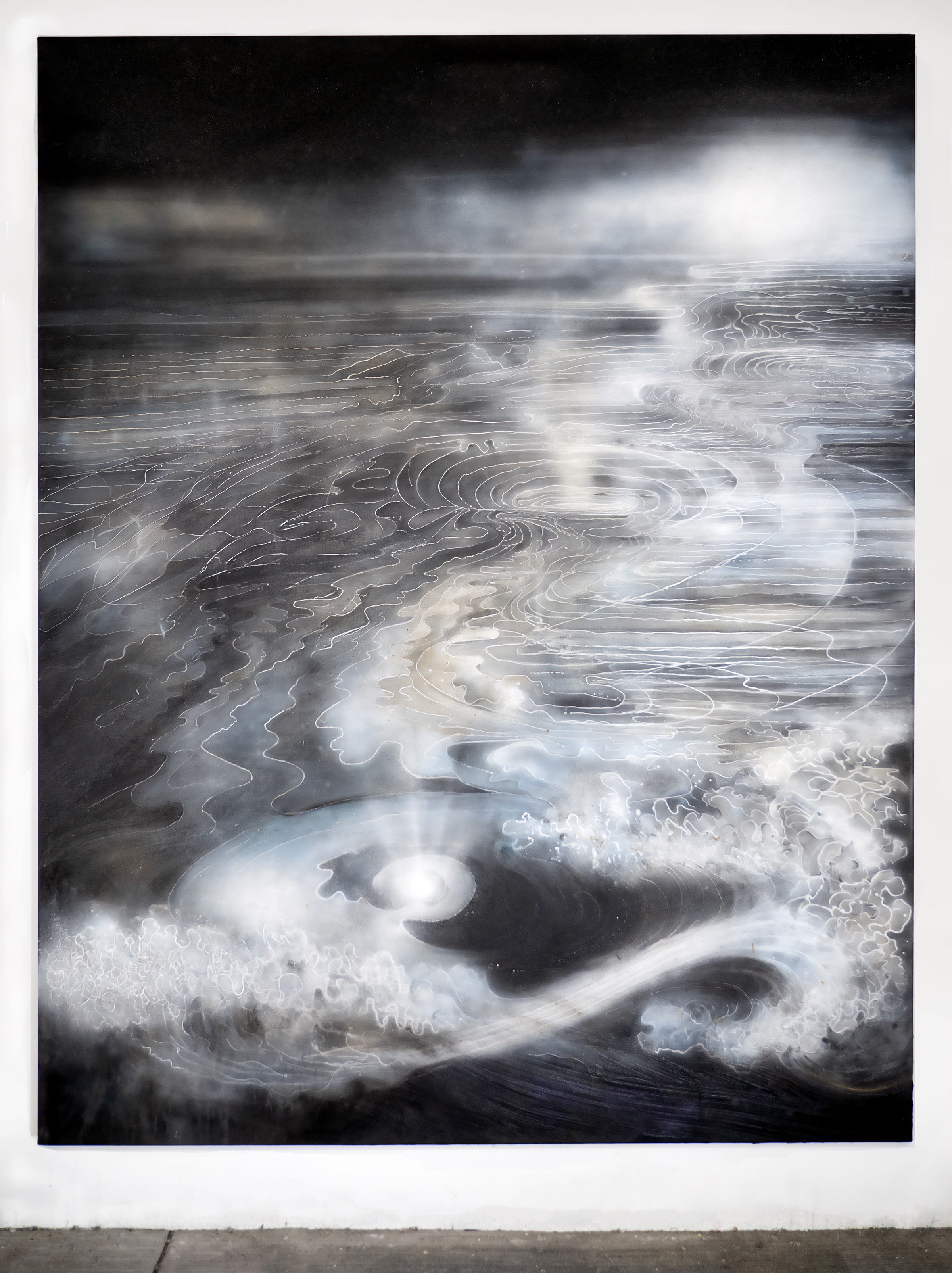
Yulia Pinkusevich, "Water", 2022
Reclaiming Heritage and Navigating Displacement
This interest in how knowledge is constructed and represented is also rooted in Pinkusevich’s personal history. Born in the former Soviet Union, Pinkusevich immigrated to the United States with her family in 1991. This transition has marked her deeply and continues to largely determine the themes she investigates. Her personal experience of displacement and loss informs an understanding that the way we make sense of the world is not stable and universal, but contextual and contested. Her work is not only informed by this sense of uprootedness but also an act of reclamation. For example, she delves into her own lineage and transgenerational memory to recover the heritage that Stalinist policies sought to erase. Her current work focuses on her maternal ancestors, native Siberians from the Sakha region who practiced shamanism—a knowledge system largely erased by supremacist policies. In exploring indigenous cultural knowledge, including land regeneration and environmental preservation, she emphasizes that other epistemologies—often marginalized—hold vital insights into our relationship with the Earth.
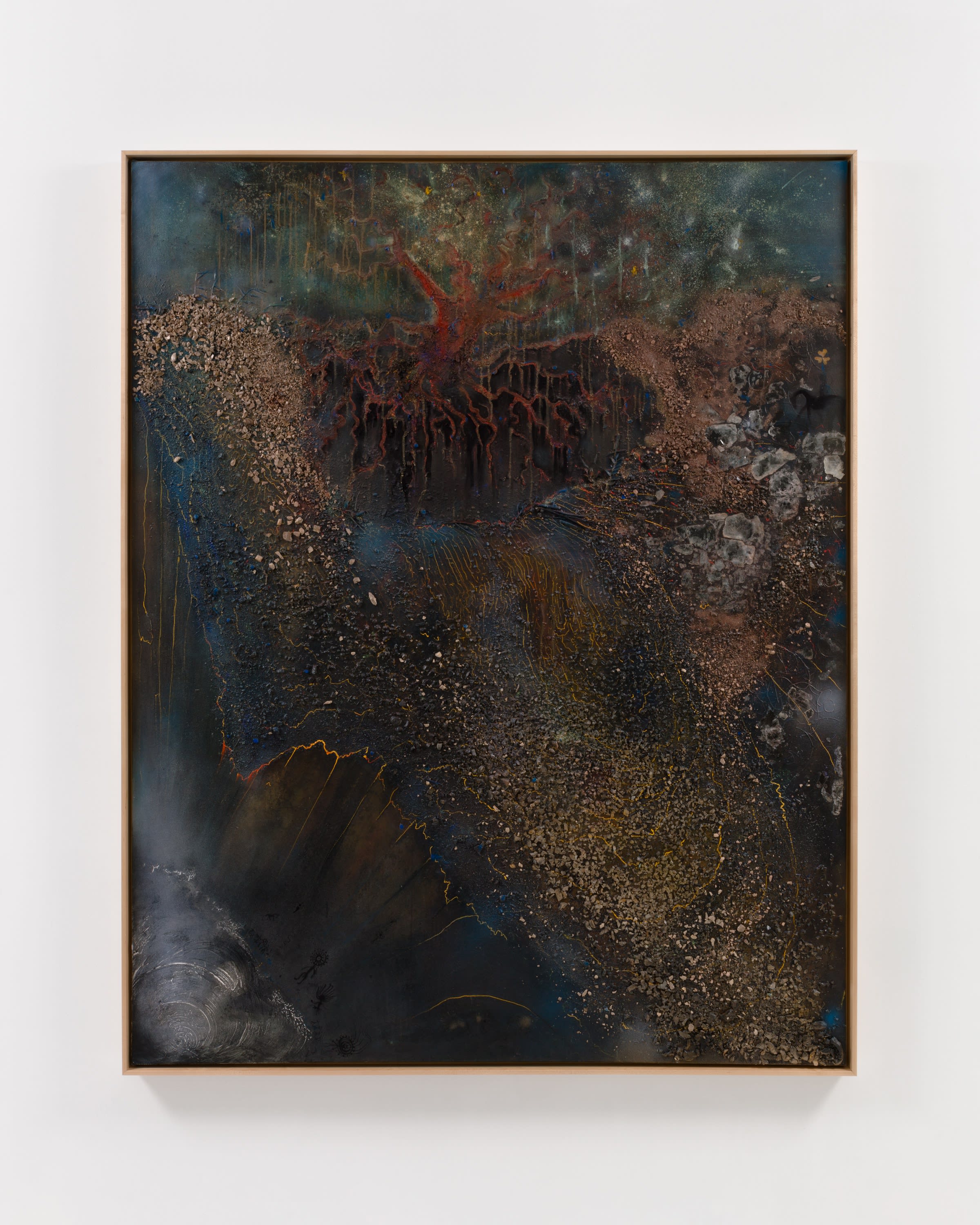
Yulia Pinkusevich, "Into the Earth", 2023
Exploring Climate Change and Natural Disasters
Pinkusevich’s attentiveness to the land as both heritage and responsibility naturally extends to her engagement with climate change. Living in California, she has witnessed firsthand the devastation wrought by natural disasters, from wildfires to droughts. Here again, she draws on scientific methods—not so much to reinforce objectivity, but to question what is made visible and in what ways. Through scientific visualization and data aesthetics, she transforms information into compelling visual narratives. By integrating mapping and spatial perception techniques, she makes the invisible forces of climate change visible and tangible, encouraging a deeper understanding of humanity’s impact on the planet. In doing so, she underscores how data itself is never neutral, but embedded within systems of representation and interpretation.
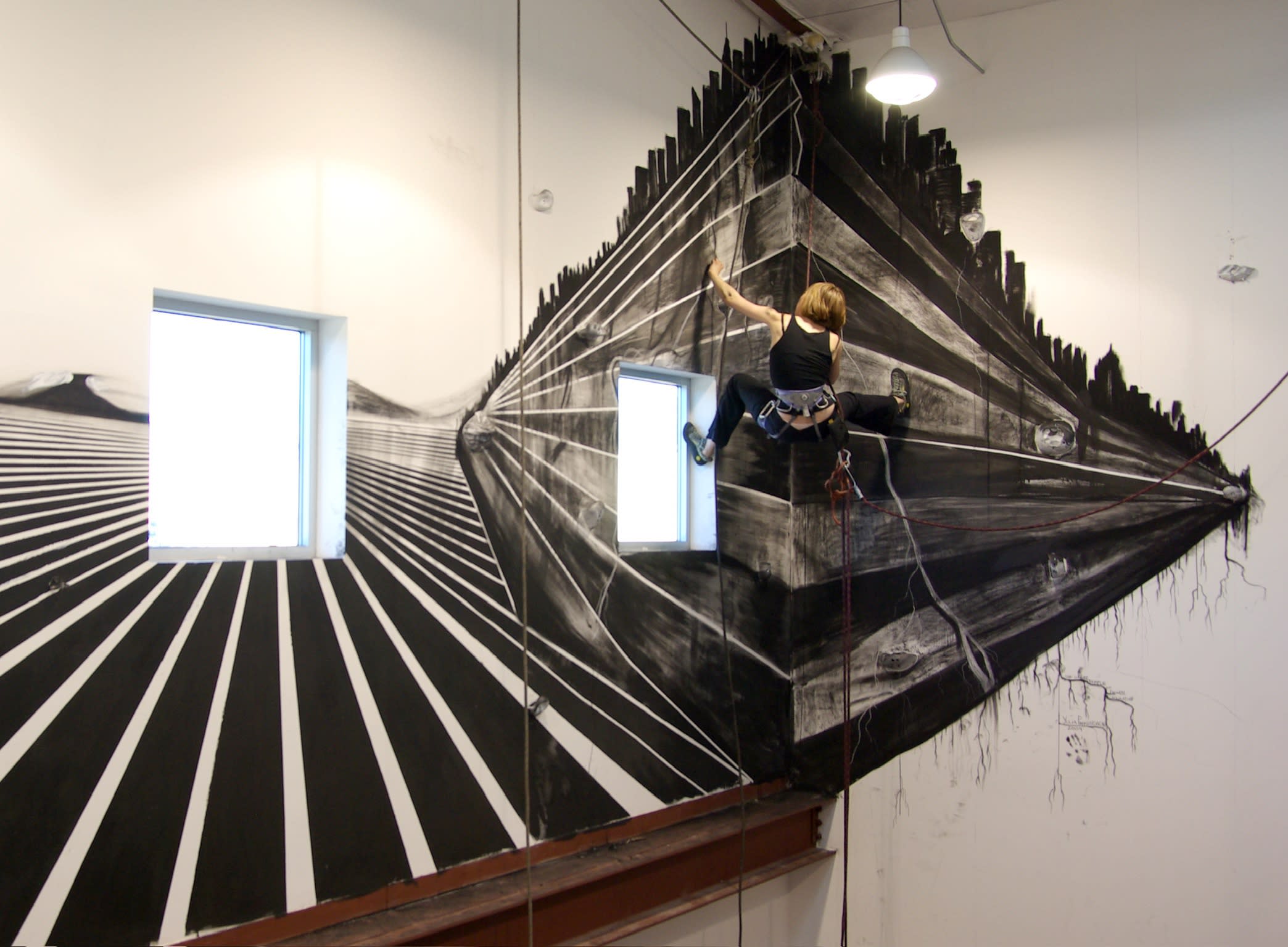
Yulia Pinkusevich, "The Great Temple of Fallen Civilization", 2010
Topography and the History of Conflict
Her residency at the Smithsonian’s Air and Space Museum last summer provided a unique opportunity to expand on these ideas, drawing connections between cosmic phenomena and earthly transformations. Engaging with both astronomical data and the history of conflict, Pinkusevich’s topographical art simulates landscapes that are both real and speculative—underscoring again the instability of the boundaries between science, imagination, and memory.
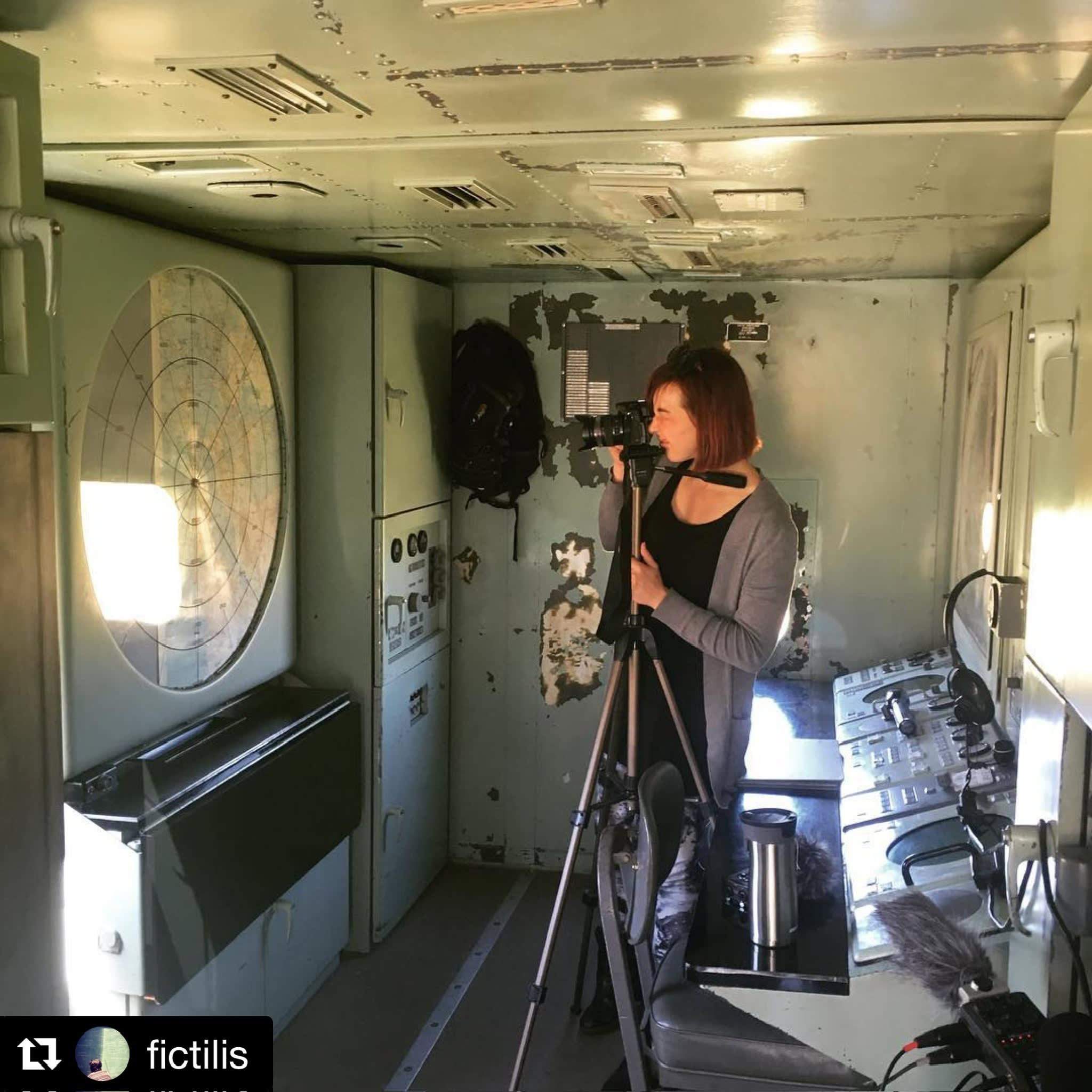
Art as a Response to Conflict
The Isorithm series emerged from Pinkusevich’s encounter with a declassified Cold War-era military manual during her residency at the former military outpost, the Headlands. This manual detailed methods for mapping the projected impact of nuclear bomb airbursts, illustrating zones of fatal and non-fatal casualties across inhabited areas. She was struck by the contrast between the maps’ structured elegance and the catastrophic devastation they signified. Her response transforms this militarized visual language through abstraction, subverting its original function. In this way, she engages with her Ukrainian and Russian heritage, linking it to the ongoing Russian invasion of Ukraine. The work becomes a means of resisting the erasure of war’s human toll in an effort to rehumanize knowledge systems that were designed to calculate destruction.
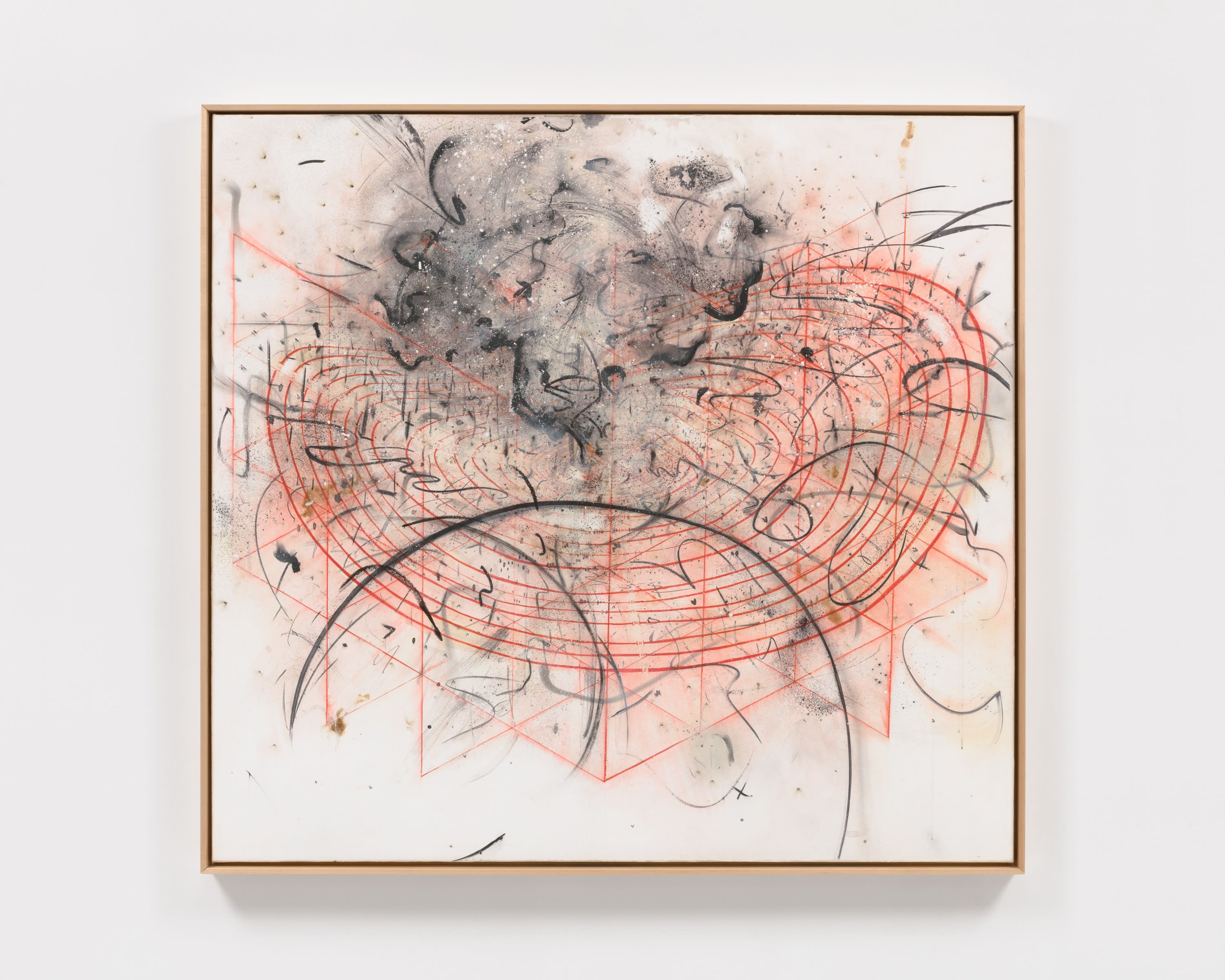
By integrating art and science, Pinkusevich creates a body of work that is as intellectually rigorous as it is visually striking. Through her exploration of ancestry, environmental change, and the laws of physics, she opens up new pathways for understanding the world—and our place within it. Her practice reveals that the systems through which we know—whether through data, myth, memory, or map—are always shaped by context, power, and perspective.

